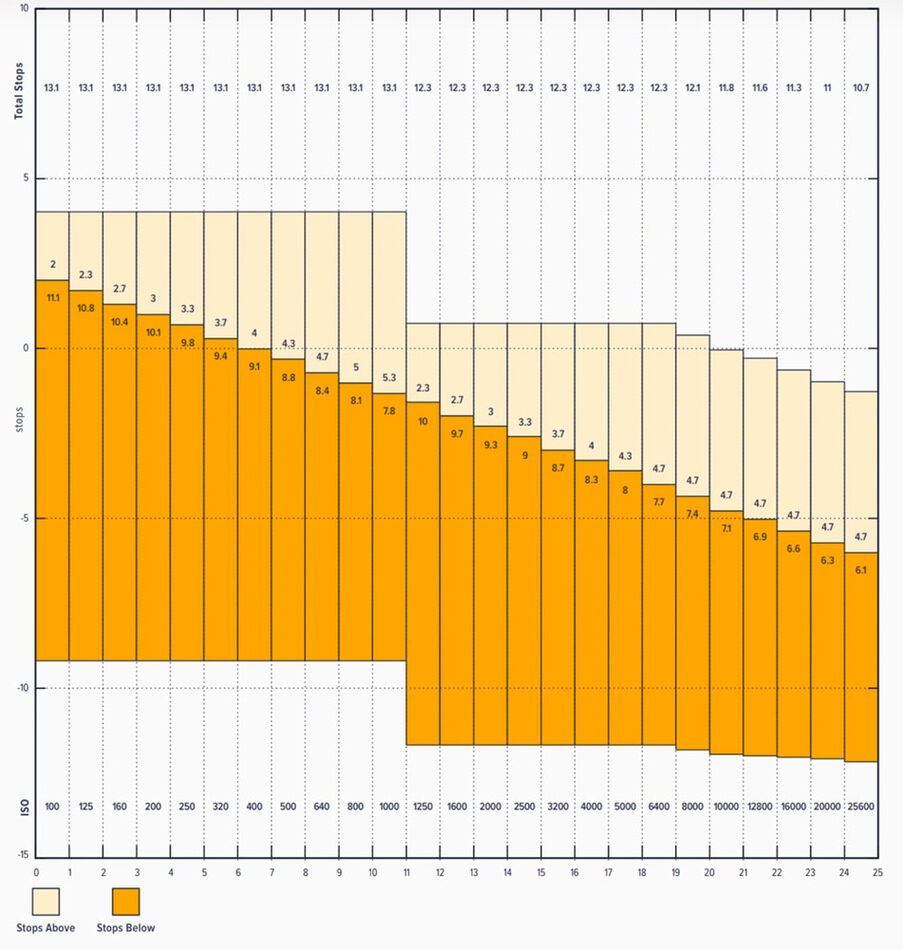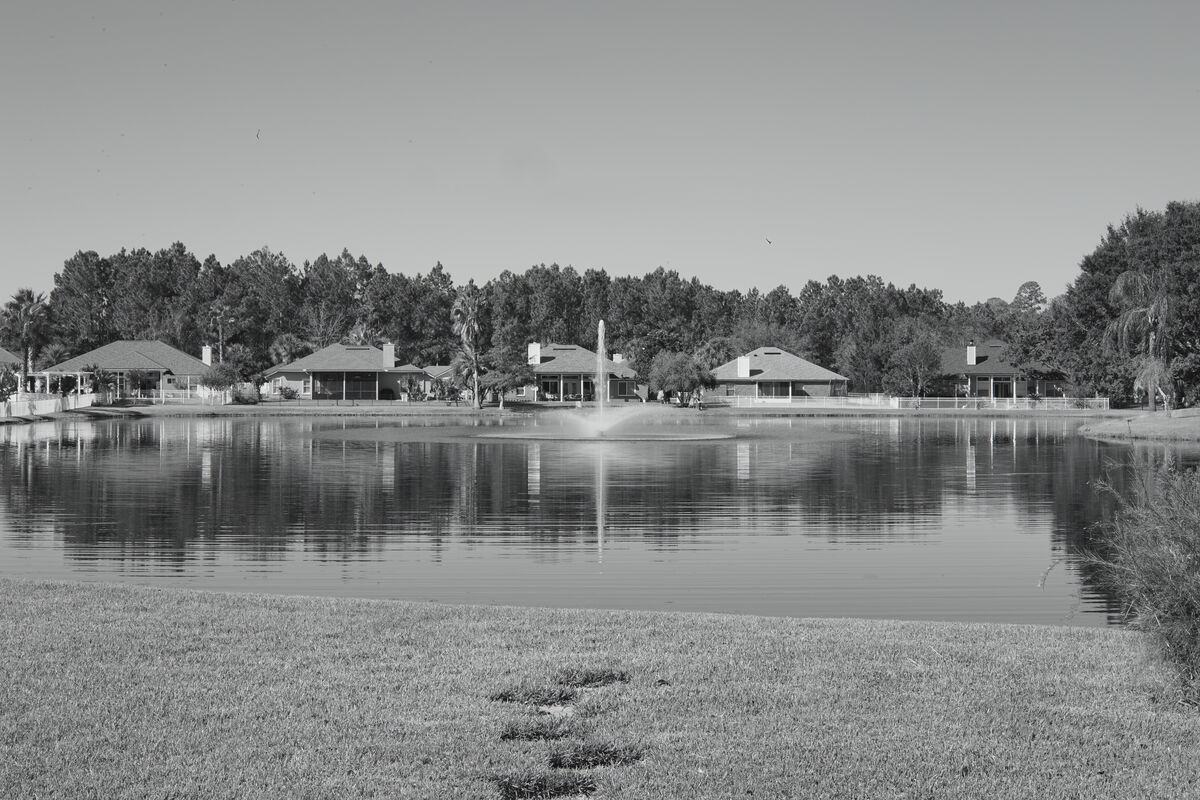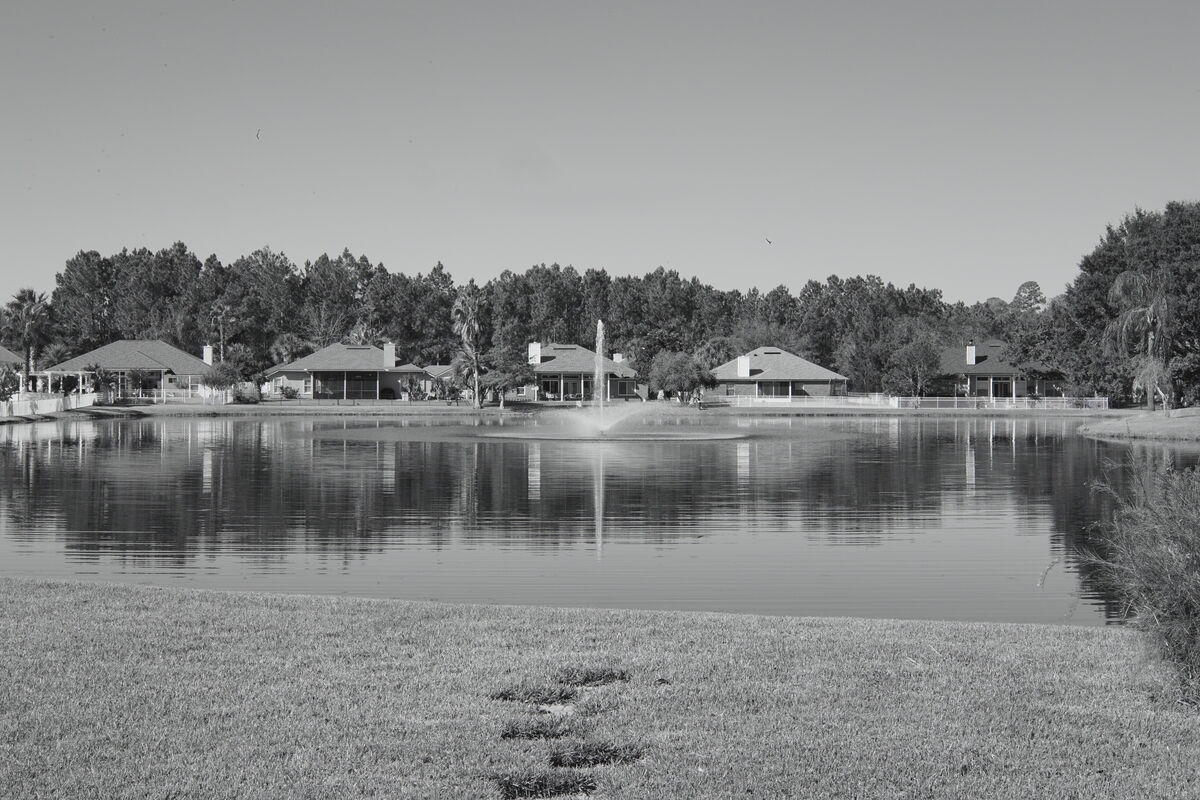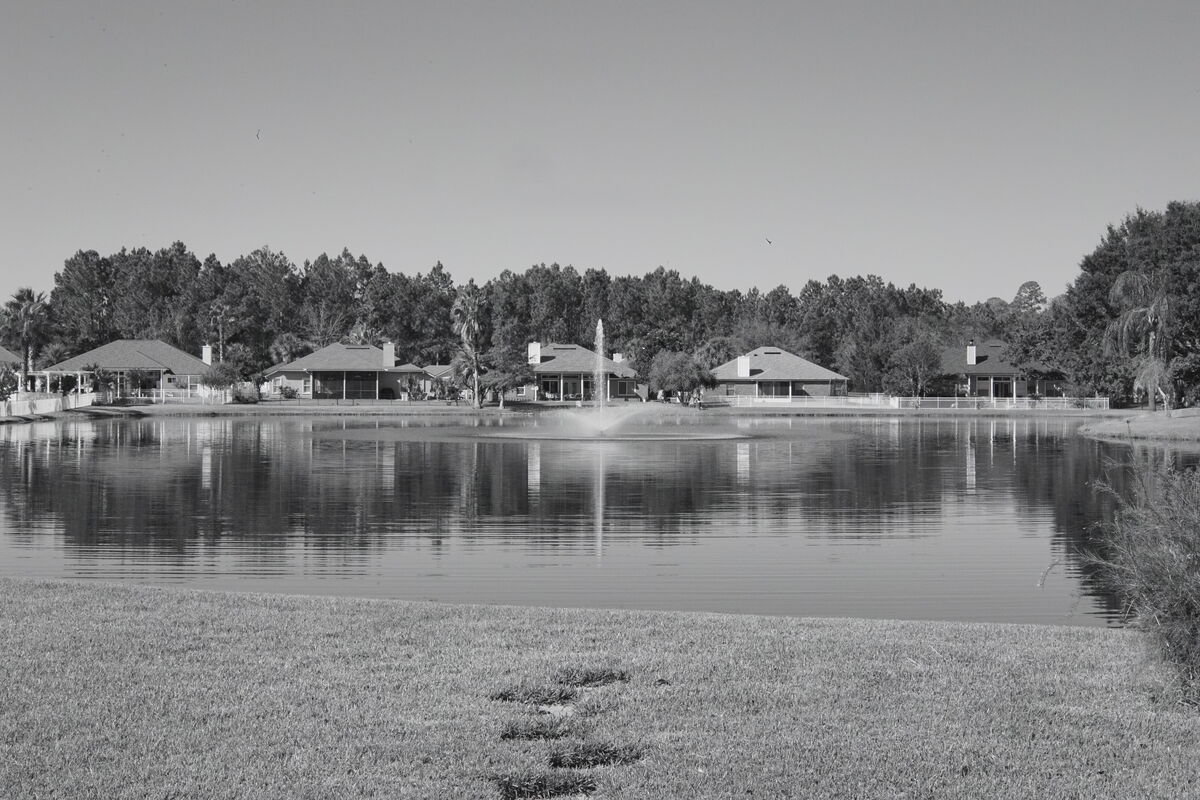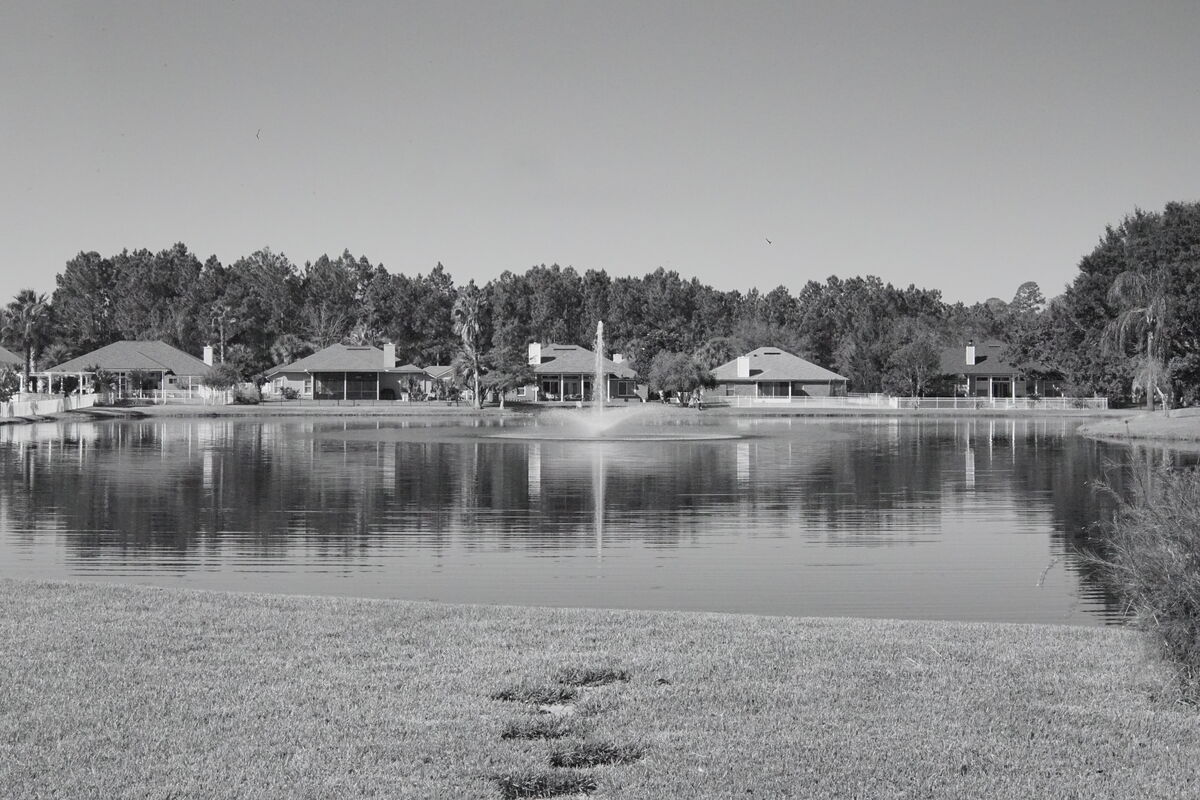My captures are not sharp!!!
Oct 7, 2022 09:22:44 #
Racmanaz wrote:
For someone that constantly whines about other peoples "blurry" or "lack of sharpness" photo's, YOURS is no better.
https://www.uglyhedgehog.com/t-749410-1.html
https://www.uglyhedgehog.com/t-749410-1.html
Did you s me whine about anything, especially about other folks images? Nope. I almost never comment.
On the other hand, you? One of the attic most obnoxious participant? That is another story.
Also, I am not whining, I am using this overheard conversation so share information. Something you have never done either, other than conspiracy web links that is.
Oct 7, 2022 09:53:33 #
Racmanaz
Loc: Sunny Tucson!
Rongnongno wrote:
Did you s me whine about anything, especially about other folks images? Nope. I almost never comment.
On the other hand, you? One of the attic most obnoxious participant? That is another story.
Also, I am not whining, I am using this overheard conversation so share information. Something you have never done either, other than conspiracy web links that is.
On the other hand, you? One of the attic most obnoxious participant? That is another story.
Also, I am not whining, I am using this overheard conversation so share information. Something you have never done either, other than conspiracy web links that is.
Yup, a master whiner always denies their whining.
Oct 7, 2022 14:19:33 #
Oct 7, 2022 17:47:31 #
I thought i would share an interesting chart with you. This is for the blackmagic 4k cinema camera which is a dual base iso camera. It's a little different from most dynamic range charts which normally show that at base iso you get maximum dynamic range and as iso goes up dynamic range goes down. This is similar to the last third of the chart given here.
What makes this different is the distribution of the dynamic range. if we look at the first iso range. iso 100 gives 2 stops of detail above middle gray and 11 below. at iso 1000 its 5.3 stops above and 7 stops below. from 1250 to 6400 iso you are into the 2nd native iso range which has 0.8 stops less dynamic range but performs similarly. From 8000 to 25600 its more familiar with dynamic range decreasing with 4.7 over and losing shadow detail.
On a sunny day the sky is likely to be the brightest thing in frame so to keep that from blowing out you are better at say 800 or 1000 Iso to preserve highlights at the cost of less shadow detail on an overcast day the highlights can be lower compared to your subject and you can choose to capture more shadow detail instead e.g iso 100. The Blackmagic cinema camera having dual iso has the extra trck that you can move into the second range, usually for shooting at night and get a cleaner capture by using the 1250 to 1600 second iso range, which most cameras do not have. Finally it moves into the range where dynamic range decreases as iso increases.
With a camera like the BMPCC 4K you tend to shoot at a low frame rate that on a typical day and a wide aperture would blow the highlights without the use of an ND filter, photographers can just raise shutterspeed to compensate.
This dynamic range distribution that is shown here, does it apply to your camera? I don't know but you can shoot a scene changing the iso and maintaning the same exposure to see which iso is best for the scenes dynamic range. If the results are as interesting, using as low an iso as possible might be replaced with use the best iso for the contents of the scene rather than compensation for not enough available light.
What makes this different is the distribution of the dynamic range. if we look at the first iso range. iso 100 gives 2 stops of detail above middle gray and 11 below. at iso 1000 its 5.3 stops above and 7 stops below. from 1250 to 6400 iso you are into the 2nd native iso range which has 0.8 stops less dynamic range but performs similarly. From 8000 to 25600 its more familiar with dynamic range decreasing with 4.7 over and losing shadow detail.
On a sunny day the sky is likely to be the brightest thing in frame so to keep that from blowing out you are better at say 800 or 1000 Iso to preserve highlights at the cost of less shadow detail on an overcast day the highlights can be lower compared to your subject and you can choose to capture more shadow detail instead e.g iso 100. The Blackmagic cinema camera having dual iso has the extra trck that you can move into the second range, usually for shooting at night and get a cleaner capture by using the 1250 to 1600 second iso range, which most cameras do not have. Finally it moves into the range where dynamic range decreases as iso increases.
With a camera like the BMPCC 4K you tend to shoot at a low frame rate that on a typical day and a wide aperture would blow the highlights without the use of an ND filter, photographers can just raise shutterspeed to compensate.
This dynamic range distribution that is shown here, does it apply to your camera? I don't know but you can shoot a scene changing the iso and maintaning the same exposure to see which iso is best for the scenes dynamic range. If the results are as interesting, using as low an iso as possible might be replaced with use the best iso for the contents of the scene rather than compensation for not enough available light.
Oct 7, 2022 18:14:43 #
blackest wrote:
What makes this different is the distribution of the dynamic range. if we look at the first iso range. iso 100 gives 2 stops of detail above middle gray and 11 below. at iso 1000 its 5.3 stops above and 7 stops below. from 1250 to 6400 iso you are into the 2nd native iso range which has 0.8 stops less dynamic range but performs similarly. From 8000 to 25600 its more familiar with dynamic range decreasing with 4.7 over and losing shadow detail.
At all ISO settings the camera's meter places middle gray for a 14-bit at a raw value of between about 1000 and 2000 (the range is 0-16383) depending on the model. That leaves about 3 stops of DR above middle gray.
The light reaching the sensor below middle gray has less noise at low ISO because the exposure is greater.
This can be seen in the earlier post from therwol from the DxOMark results. As the ISO is increased, the noisy part creeps up (or the DR drops) as the ISO increases and noise becomes more visible in the shadows.
Oct 7, 2022 18:50:12 #
Rongnongno wrote:
Actually, this is a poor concept. The DR is divid... (show quote)
Perfect, so your experimentation has pointed you towards ISO 800 on D850 for maximum dynamic range. It will be interesting to see how using your post processing steps can improve my own images.
Some people think of photography as just pressing a button when the composition looks good and yes thats important, but there is a whole lot more to crafting the capture that you want. Aperture and Shutterspeed are fairly obvious choices as is the choice of lens focal length. ISO has been the poor relation primarily being used as light compensation, and as you started this thread IS or VR is also being used to compensate for lack of light on the subject and clearly it's not appropriate when your subject is moving and you want them to be sharp in the frame.
This is a pretty good thread, I must admit to abusing the VR function in camera and I aim to make better choices in future, i never really thought of it other than as a crutch for poor light.
Oct 7, 2022 19:59:35 #
selmslie wrote:
At all ISO settings the camera's meter places midd... (show quote)
"That leaves about 3 stops above middle gray" The DXO chart doesn't show that, it's purely a plot of dynamic range against ISO. It's not telling you where that dynamic range is, The chart for the Bmpcc 4k is and yes the lower iso does bring out more shadow detail at the expense of highlight detail.
What happens when you increase iso by one stop to keep the exposure the same we reduce the shutter speed by one stop which means half the quantity of photons come in. So lets say just for numbers sake that on the first exposure for middle gray we recorded say 4000 photons and that we had 3 stops above middle gray available 4000 8000 16000 32000 photons (we are essentially saying that 32,000 photons is the max we can record before blowing highlights. how much shadow detail can we record in terms of photons 2000 1000 500 250 125 65 Ok so our imaginary camera has 10 stops of dynamic range. Then if we half the exposure then each part of our sensor gets half the light we basically changed the multipier for our iso so what was 32,000 photons recorded becomes 16,000 and what was 65 becomes about 32 and our subject is recorded from 2000 photons instead of 4000, our sensor is still capable of recording 32,000 so effectively we are getting an extra stop of highlights for the loss of 1 stop of shadow detail as it disapears into the noise.
An over simplification but the bmpcc4k range chart seems to show this increase in highlight range and decrease in shadow range as ISO increases. The DXO chart lacks that detail, you are assuming that the distribution of dynamic range doesn't change and that you just lose a stop each time you increase ISO by a stop. The DXO chart is showing much less of a loss of dynamic range as iso increases (up to a point) before decreasing rapidly. My chart is saying increased highlight detail at the expense of shadows the DXO chart doesn't say.
Our eyes are ok with seeing more highlight detail and less shadow detail with brighter light..
need better eyes ...
i'm not saying my imaginary camera is accurate but its the kind of trend which makes sense.
Oct 7, 2022 21:48:14 #
blackest wrote:
"That leaves about 3 stops above middle gray" The DXO chart doesn't show that, it's purely a plot of dynamic range against ISO. It's not telling you where that dynamic range is, The chart for the Bmpcc 4k is and yes the lower iso does bring out more shadow detail at the expense of highlight detail.
What happens when you increase iso by one stop to keep the exposure the same we reduce the shutter speed by one stop which means half the quantity of photons come in. ...
What happens when you increase iso by one stop to keep the exposure the same we reduce the shutter speed by one stop which means half the quantity of photons come in. ...
That chart does not show what is happening but a RawDigger plot of the raw values tells the rest of the story:

1/2000s @ f/8 ISO 400
If you double the ISO and cut the exposure in half the raw histograms will not move.
As you continue to double the ISO and halve the exposure and there will be no change in the histograms for quite a few repetitions. But with each cycle the noise level will creep up because the camera's DR will be dropping by one step with each repetition. Pretty soon you will start to see the noise in the image even though there is little change in the RawDigger plots.
How do we define dynamic range? So far as the raw values are concerned, all of the images seem to have the same DR, about 9 stops if you look at the green channel. But if you define DR based on when the noise starts to appear the DR drops by about one stop at each iteration. Eventually you will start to see noise in the shadows, especially if you look for it closely by pixel peeping.
DxOMark draws the line at about Ev 6 to imply that a camera that might reach 14 Ev actually has about 8 stops of DR (14-6).
Billl Claff puts the noise threshold a little lower.

This shows a higher DR value.
Oct 8, 2022 07:52:36 #
Oct 8, 2022 11:32:43 #
selmslie wrote:
If you double the ISO and cut the exposure in half the raw histograms will not move.
As you continue to double the ISO and halve the exposure and there will be no change in the histograms for quite a few repetitions. But with each cycle the noise level will creep up because the camera's DR will be dropping by one step with each repetition.
As you continue to double the ISO and halve the exposure and there will be no change in the histograms for quite a few repetitions. But with each cycle the noise level will creep up because the camera's DR will be dropping by one step with each repetition.
This series of images illustrates what happens.
I photographed a daylight scene with an apparent DR of about 6 stops using an A7 II converted to monochrome. I used the camera's recommended exposure for each shot.

1/60s f/22 ISO 100

1/250s f/22 ISO 400

1/1000s f/22 ISO 1600

1/4000s f/22 ISO 6400
The raw histograms remain in the same place and the only slight change from one image to the next is due to changes in the reflection on the water surface. The JPEG histograms on the camera do not move either.
There is no loss of highlight detail as the ISO increases.
As we progress through the series, there is virtually no visible noise in the ISO 100 image but it gradually creeps into the shadows until it is clearly visible even in the sky in the ISO 6400 version.
The histograms indicate that the images were not captured as ETTR. There are about two additional stops of exposure available before the right end of the histogram reaches the 16000 raw limit. But if there had been any white clouds in the image the exposure would have come closer to ETTR.
This progression is easier to see in the JPEGs SOOC when you view them at 100%.
If you want to reply, then register here. Registration is free and your account is created instantly, so you can post right away.



